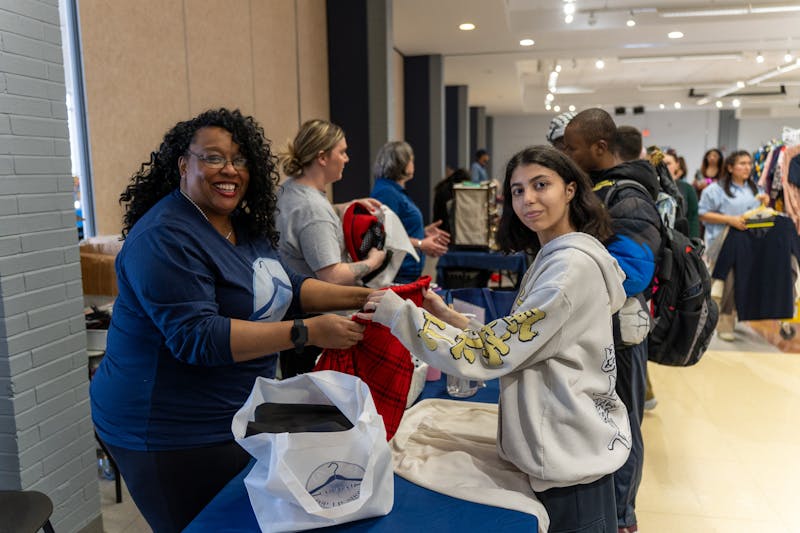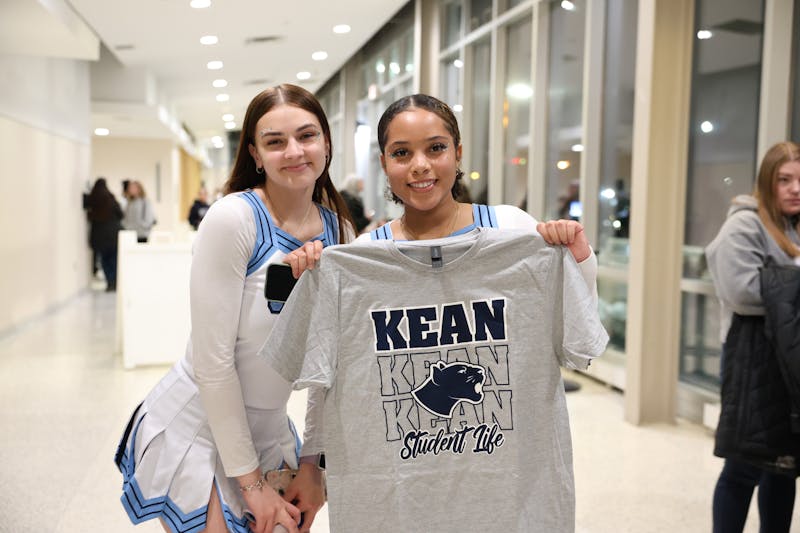What is the fine line between tradition and crime? Is it considered normal to connect these two words and label an act as a criminal tradition?
Everyday, someone in the world experiences the killing their son, daughter, sister or brother due to their sexuality or because they are tainted. In other words, if someone is gay, lesbian, not a virgin before marriage or refuses any attempts of sexual activities, they can get killed, disfigured, tortured or maimed.
Even in the twenty-first century, criminal traditions still go on everyday. What some may not know, are that these "traditions" have branched to America and have affected a small percentage of families living in the states. Yes, honor killing, acid attacks, bride burning, forced and childhood marriages, female genital mutilation and other acts of domestic violence are illegal in America.
Plenty acts of violence are illegal in the United States, yet people still commit the crimes. But is it really considered a crime if it is a tradition in one's culture? If it is "protecting a family's honor" or "doing what' is best for" whoever, how can it be a crime? Other people around the world do these acts, but Americans are either unaware, at a loss of what to do or turn a blind eye.
The motto of the Nancy Thompson Library is "For all people and all nations." The Art of Influence: Breaking Criminal Traditions (BCT) comes to Kean University's Human Rights Institute Gallery located in the Nancy Thompson Library.
Every semester, the Human Rights Institute Gallery hosts a different art exhibit. BCT is the art exhibit of the fall semester in 2016 and is brought by Cheryl Jefferson, the Founder, Executive Producer, TED speaker and Author of the exhibit.
During the opening reception, students, faculty and everyone who knew about the exhibit were invited to hear the speech given by Jefferson. While looking through the artwork and exploring the exhibit, people were able to enjoy snacks provided for them such as assorted fruits, vegetables, cheese and crackers and beverages such as flavored water, bottled water and an arrangement of soda.
Each painting or piece of artwork expressed the undiscussed problems such as human trafficking, female genital mutilation (FGM), child marriage, etc. Although the majority of the artworks presented in the exhibition feature a woman, it does not neglect the fact that there is a small percentage of men who go through similar situations.
Up to now, females are still considered a minority in many countries. Part of the United States still feels that being born female is inferior to being born male. Yes, women have made great strides over the years, but there is still this minority assumption in society.
Jefferson came about bringing this exhibit together while in a belly dancing class.
"It sounds weird, I know," she started. "But one day while I was in belly dance class, I learned that in the past, Egyptians would belly dance as a performance. Although, back then, belly dancing would be a complex situation where it would be seen as scandalous to the point that some Egyptians would be executed. Egyptian women could be accused of committing adultery, because they would meet or perform for unrelated men. They would go through honor killing, because they dishonored their family. I thought, 'How is this possible? It's just a dance!'"
Jefferson did more research on honor killing and saw how much violence against women still existed and is being practiced today.
"Then it starts out as an onion, and as you start peeling that onion, you discover child marriages from honor killing then female genital mutilation from child marriages, and there's this whole post about human rights issues," she continued. "Then I start to think to myself, 'These issues resonate with me in such a strong way -- I want to do something, but what could I possibly do?' And so, when you find yourself in that situation, what you always say to yourself is: 'what do I know?' and 'what could I do?'"
Jefferson felt that she could start making a change beginning with something she has a background in: the arts.
"What I knew were: the arts. Most of my friends and colleagues were in the arts, so I thought, 'what if I could pull together artists who address these issues and we could do a big fine art show to begin calling attention,'" she said. "So as I was working on this thought, I had an invitation to do a TED talk at TEDxIIT [Illinois Institute of Technology] in 2013. That was the the opportunity to talk about the potential of art to make an impact on human rights issues. And then coming out of that opportunity, I decided I want to do our first exhibit in a law school."
BCT was first brought in Chicago-Kent College of Law, a school affiliated with IIT, in 2013. Jefferson felt that she could use visual arts to change and bring it to those who are studying law. This idea would eventually branch out to everyone, because the changes can start with the law.
"Many of these issues occur because they are not against the law. There are at least 28 countries where you can marry an 8-year-old, and nobody will say anything. So, if they're not against the law, there's no consequence to be given -- So how does anything change?" Jefferson asks. "I thought if I could go to an American law school, do an exhibit, and draw attention to these issues in a visual way, because law school education is very brutal."
Jefferson mentions that about 300 people attended the opening, and over the course of the show, the audience grew up to 3,000 people.
"The idea was to raise awareness, because consciousness is the first step to change," she mentioned. "That show was so well received, we were able to hold it over at the law school for three additional months, and we held it as a series over five other venues: North Central College, the Highland Park Art Center, the Bridgeport Art Center -- they're all major centers in the Chicago area -- and at each venue, we added another layer. We added a dance performance, gallery walks and talks, as many things we could think of to try to attract a bunch of people."
Jefferson reveals they were able to speak with the United Nations, which commissioned her exhibition this past March. She had the chance to speak in front of a large audience and give a lecture, to which Neil Tetkowski, the Director of University Galleries in Kean University, attended.
"Seeing a piece of art in person is really different than seeing it online or through a picture. There's an intimacy from where you stand, where real change can happen."
Tetkowski invited Jefferson to work with him and do a show at the Human Rights Institution Gallery. Jefferson mentions their goal is to use the art to provide a point of access on really difficult topics, because no one would willingly bring these issues up. She wanted anyone who visited the gallery to think about what change is, what needs to change and even their own conception of change.
Over their six shows, they have been seen by at least 10,000 visitors.
"When we think about these issues, we think it's happening over there, somewhere," Jefferson motions away. "But the truth of the matter is, each one of these issues happen in the United States as well. If we're going to be an example of human rights, then we better have credibility."
In the Opening Reception speech, Jefferson initially talks about child marriage and children's rights. In the United States, there is the Judicial Approval Loophole. In all 50 states, once someone turns 18, they have the right to get married because they are considered an adult. If one is 16 or 17, he or she can use parental approval to get married. If one is under 16, an American judge can approve a marriage form.
"In New Jersey, there are about 3,800 girls who got married. These girls' background come from all across the border. It's not what you think. It's not just girls coming from here or there. It's all ethnicities, all denominations. Between '95 and now, about 3,500 girls in New Jersey have been married; Occasionally boys, but it's not common," Jefferson brings up. "So as a parent, you would take your girl and you would say, 'Judge, I want my daughter to be married to this guy' and very often it's approved. Now why? That's the next part of my research. Who are these judges and why do they let this happen? Who in their right mind would do this approval process? Because it will result in physical and psychological abuse, with trauma of all kinds. Very often, a girl who's a child bride, she won't go back to school."
There are many unbelievable criminal traditions still going on today in the United States, yet it is barely spoken of. Jefferson brings this exhibition to Kean University so students can learn and be educated through art.
Anne Smith Stephan, one of the artists whose artworks was presented in the exhibit, attended the Opening Reception. Stephan painted And Beyond, Infinite End, and Dream On, which are three abstract artwork pieces which were created by using oil on canvas.
She says, "With abstract art, I feel it's much more interpreitble than obvious art. I love painting. It's a wonderful way to express yourself. You can do that with all the arts, really."
Students should take some time and visit the Human Rights Institute Gallery to learn, experience and view the art pieces presented. Not only would this get the students educated, but it will open their minds to not limiting themselves to just words.






